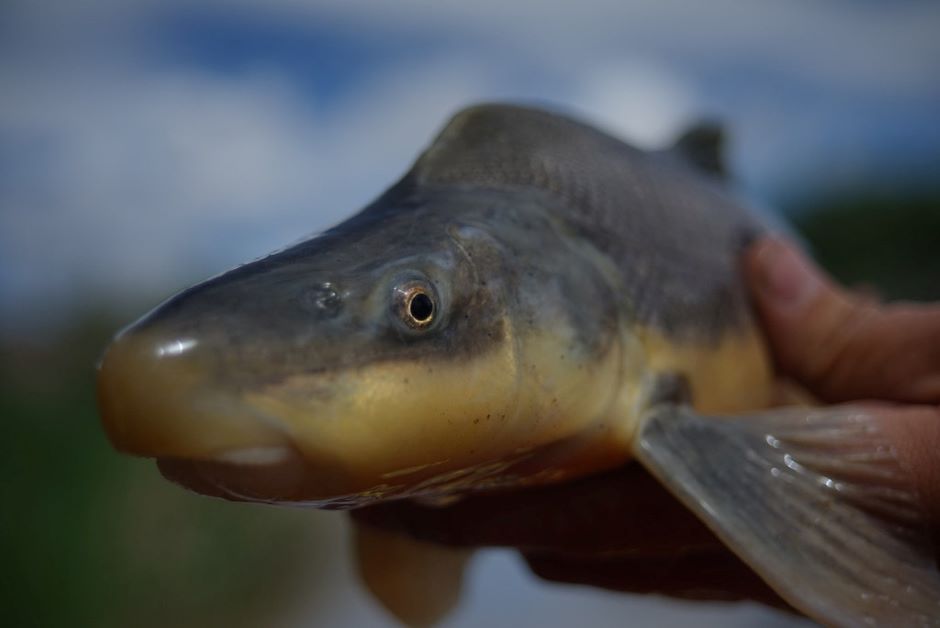The Return of Razorback Suckers to the Grand Canyon
 "Endangered razorback sucker" (Credit: USFWS Mountain Prairie is marked with Public Domain Mark 1.0)
"Endangered razorback sucker" (Credit: USFWS Mountain Prairie is marked with Public Domain Mark 1.0)Prior to 2012, the Grand Canyon razorback sucker was assumed to be locally extinct. However, the National Parks Service reports that several adult razorback suckers were caught in the western Grand Canyon in 2012. Before these captures, suckers hadn’t been seen in the Grand Canyon for more than 20 years.
Razorback suckers can live for 40 or more years and are the largest species of suckers in the Colorado River. Any species loss may negatively impact ecosystems, and suckers play an important role in controlling insect and crustacean populations.
The species was well-distributed and healthy in the years leading up to the construction of dams on the Colorado River. According to the NPS, Razorback suckers could be found in many of the Colorado River tributaries “and were typically found in calm flat-water reaches.”
The adults caught in 2012 were believed to have originated from Lake Mead and remain the largest population of wild reproducing razorbacks. Since their reintroduction to the habitat, conservationists have worked to stock the lake and stabilize the population.
In 2014, the NPS released sonic-tagged fish into the Colorado River, hoping to use the data collected to detect other groups of spawning razorbacks and assess their movements and habitat use. Clay Nelson, Grand Canyon National Park Fisheries Biologist, stated that “The information that may be gained tracking these adult razorback suckers will be valuable for future conservation and management of the species in Grand Canyon.”
Stocking, tagging, and monitoring programs have helped to stabilize the population. The species was listed as endangered in 1991, but in 2021, the U.S. Fish and Wildlife Service proposed that the species be removed from the endangered species list. The species has since been labeled Threatened.
Shifting Labels of the Razorback Sucker: The Difference Between Endangered and Threatened
The difference between the labels may seem insignificant to the average citizen, but the categorization is quite significant to conservation groups. Furthermore, the distinctions are important indicators of the stability of the species.
According to the Environmental Protection Agency, “Endangered species are those plants and animals that have become so rare they are in danger of becoming extinct. Threatened species are plants and animals that are likely to become endangered within the foreseeable future throughout all or a significant portion of its range.”
Considering the gradual population increase observed over the past few years, Grand Canyon razorback suckers are becoming more established within the region. The change from endangered to threatened took a little less than ten years, but researchers are hopeful that population increases may warrant another label shift in a few years.


0 comments